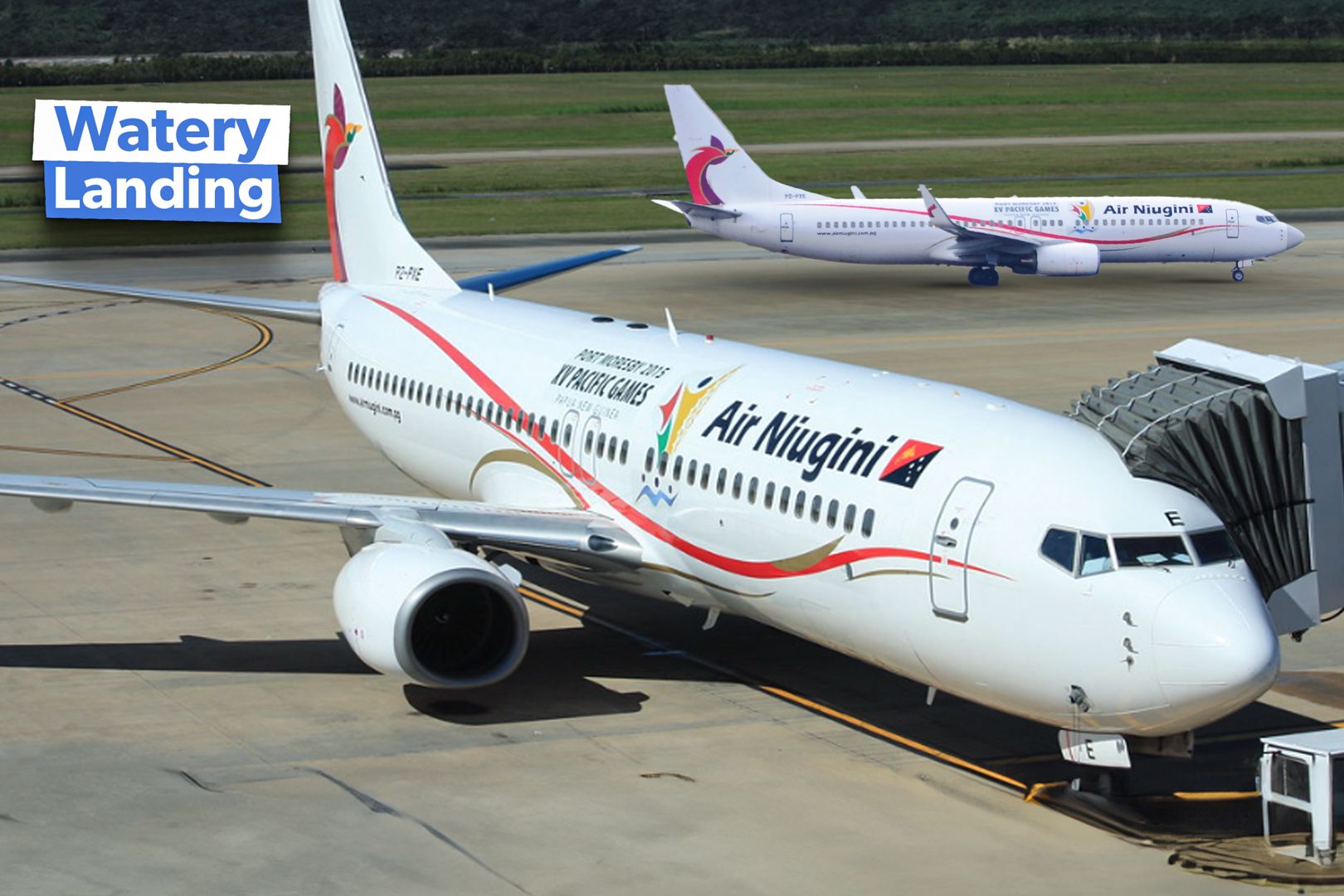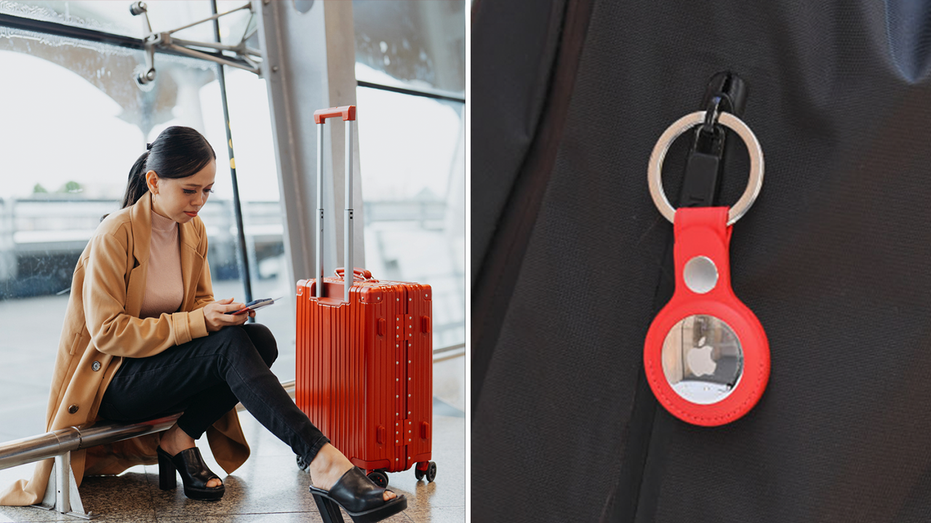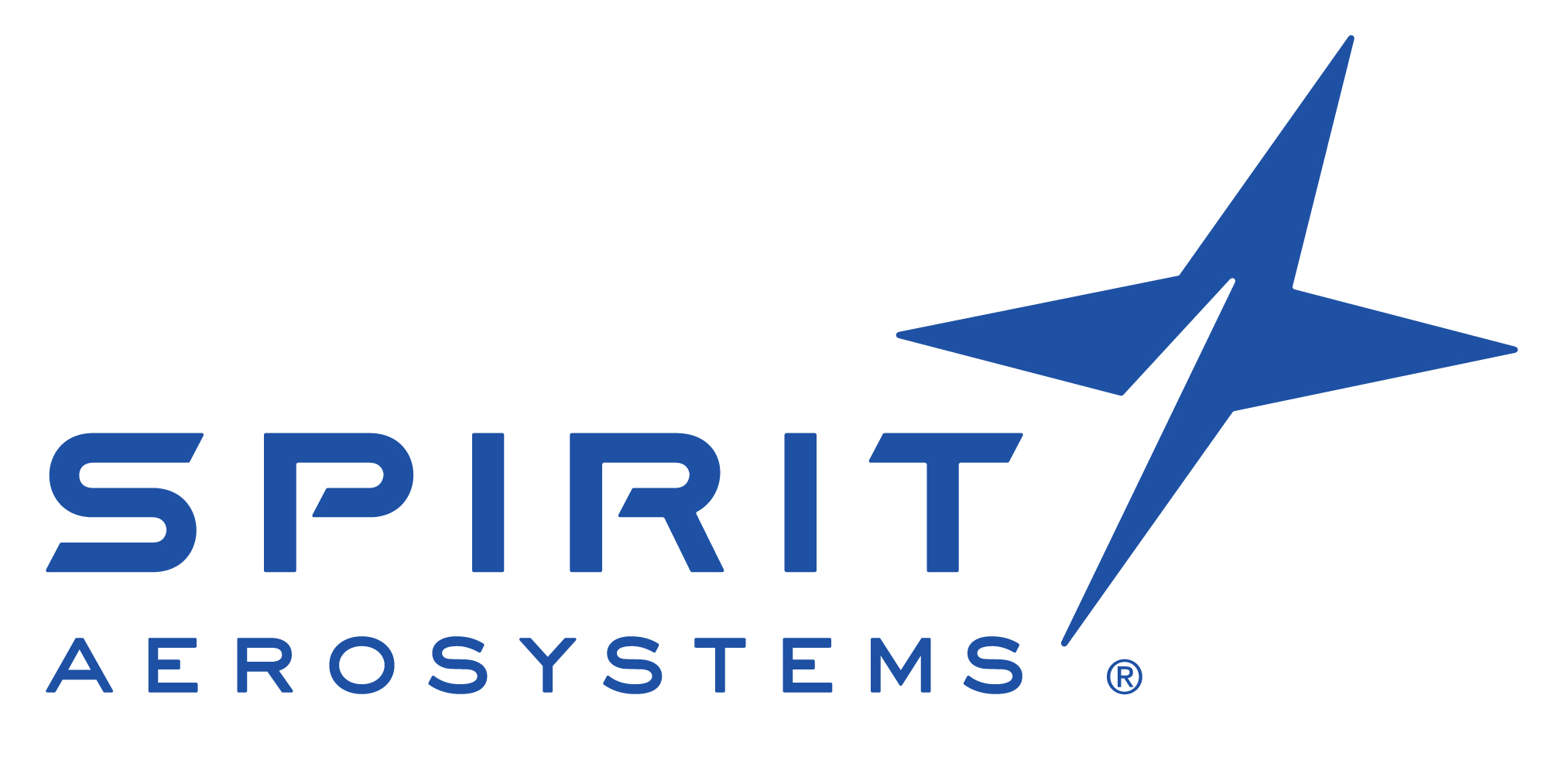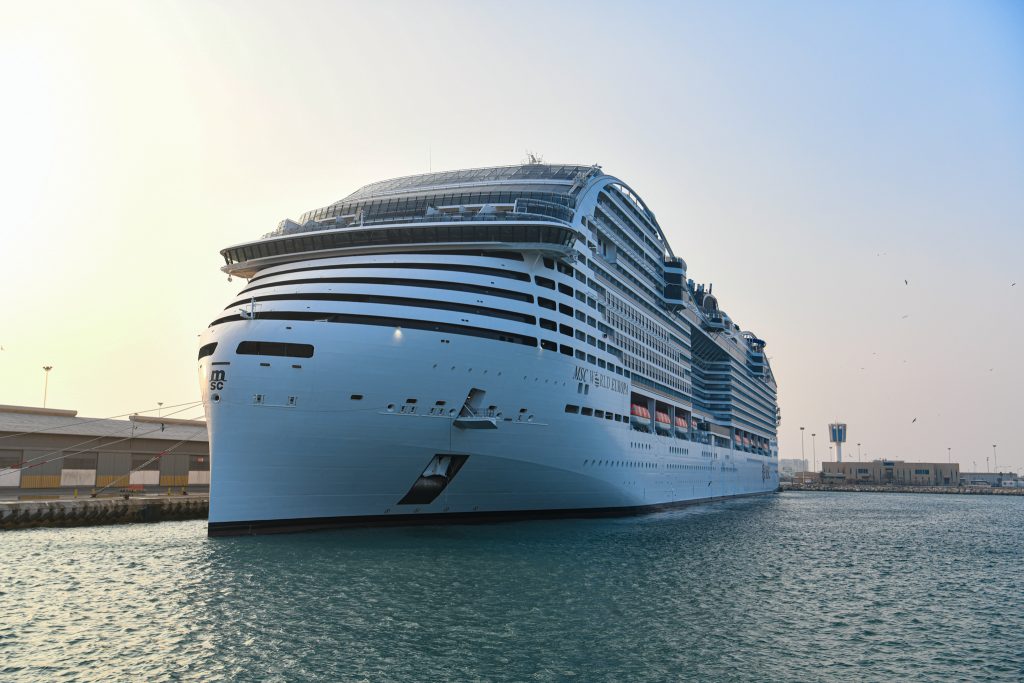Summary The flight crew failed to follow SOPs and checklists, leading to an unstable approach and disregarded all warnings. The cabin crew demonstrated heroism by assisting passengers who were severely injured or trapped during the evacuation. The fatal crash's cause was attributed to the crew's loss of situational awareness and inadequately briefed approach, with lapses in communication and CRM.
It was September 28, 2018. Air Niugini flight 073 was flying from Pohnpei to Chuuk airport in Micronesia before heading to Port Moresby in Papua New Guinea. The Boeing 737-8BK had 35 passengers on board and unusually, 12 crew.
What was about to happen would shock the world but be something of a miracle too. Love aviation history ? Discover more of our stories here! The crew The pilot in command that day was an experienced captain from Papua New Guinea. The first officer was from Australia.
There was also a flight engineer seated in the jumpseat, who ironically filmed the extraordinary event on his cell phone. A loadmaster was also onboard. Usually, there would be a minimum of four cabin crew on the aircraft, but on this day, there were eight.
The team was led by the purser referred to as (CC1), the senior crew member in the economy (CC2), the cabin crew (CC3), the trainee (CC4), the cabin crew (CC5), the trainer (CC6), the check staff (CC7) and observing check staff (CC8). CC6 was the only male cabin crew member; most of the crew had over 10,000 flying hours. They were aged between 2.

















